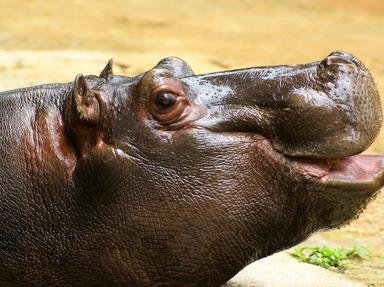Quiz Answer Key and Fun Facts
1. Can you tell which species of feline is pictured here? It can be found throughout North America, from southern Canada to northern Mexico.
2. Some ursines this time -- which type of bear is pictured here? This species is native to the Indian subcontinent.
3. There are many species of antelope. Most often found in the dry woodlands of southern Africa, which species of antelope is pictured here?
4. This group are all members of the squirrel family. Native to Sierra Nevada and the Rockies of the US and Canada, which species is pictured here?
5. Next up are a selection of canines. Can you identify the member of that family is pictured here?
6. Moving onto our close cousins, the primates, can you identify the species of New World monkey from South America that is pictured here?
7. This time a selection of Old World primates -- what species is pictured here?
8. I'm sure you can tell the difference between a sheep and a camel, so here is a slightly more challenging selection of bovines. Which species that can be found throughout southern Africa is pictured here?
9. Four more bovids for you, this time all from the same sub-family as the domestic sheep and domestic goat. Which one of the options, a native of Afghanistan and Pakistan, is pictured here?
10. We finish with a selection of small carnivores. Can you identify the native of western Eurasia and North Africa pictured here?
Source: Author
EnglishJedi
This quiz was reviewed by FunTrivia editor
Tizzabelle before going online.
Any errors found in FunTrivia content are routinely corrected through our feedback system.

